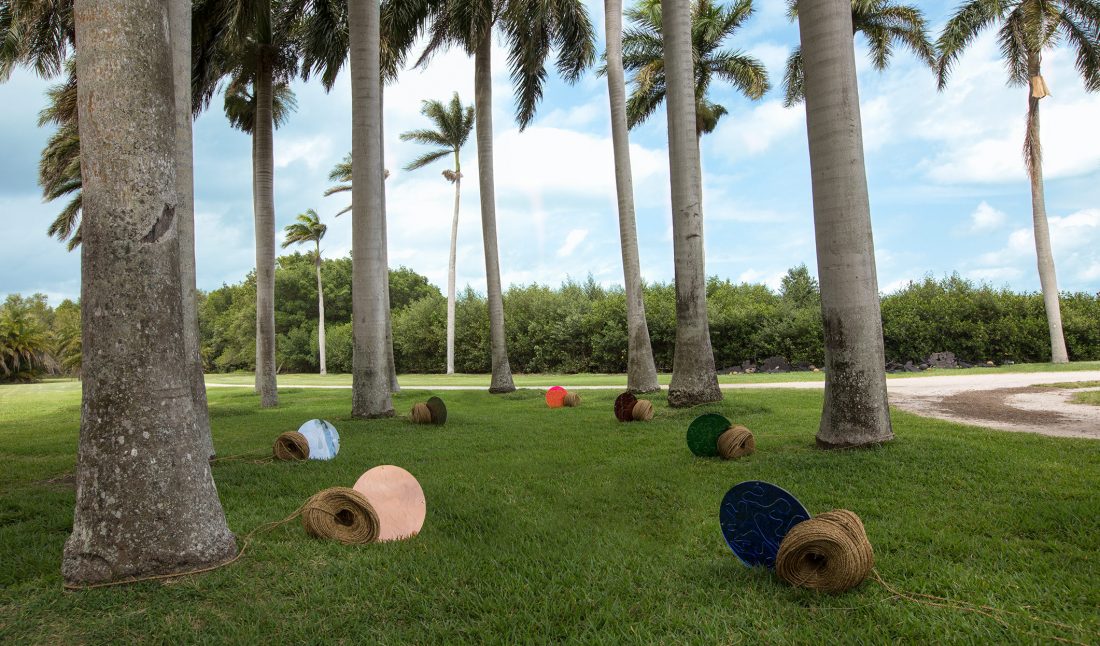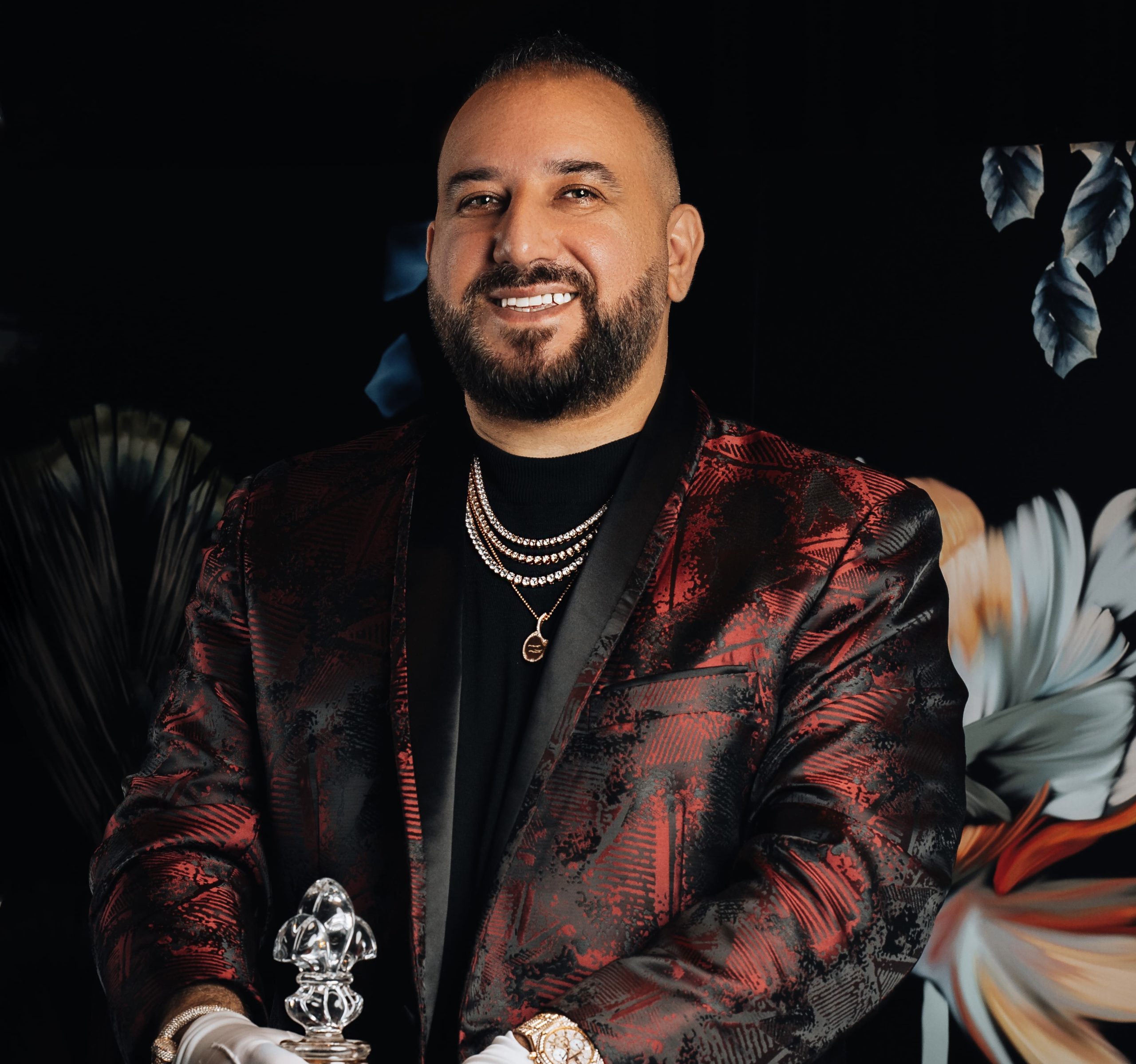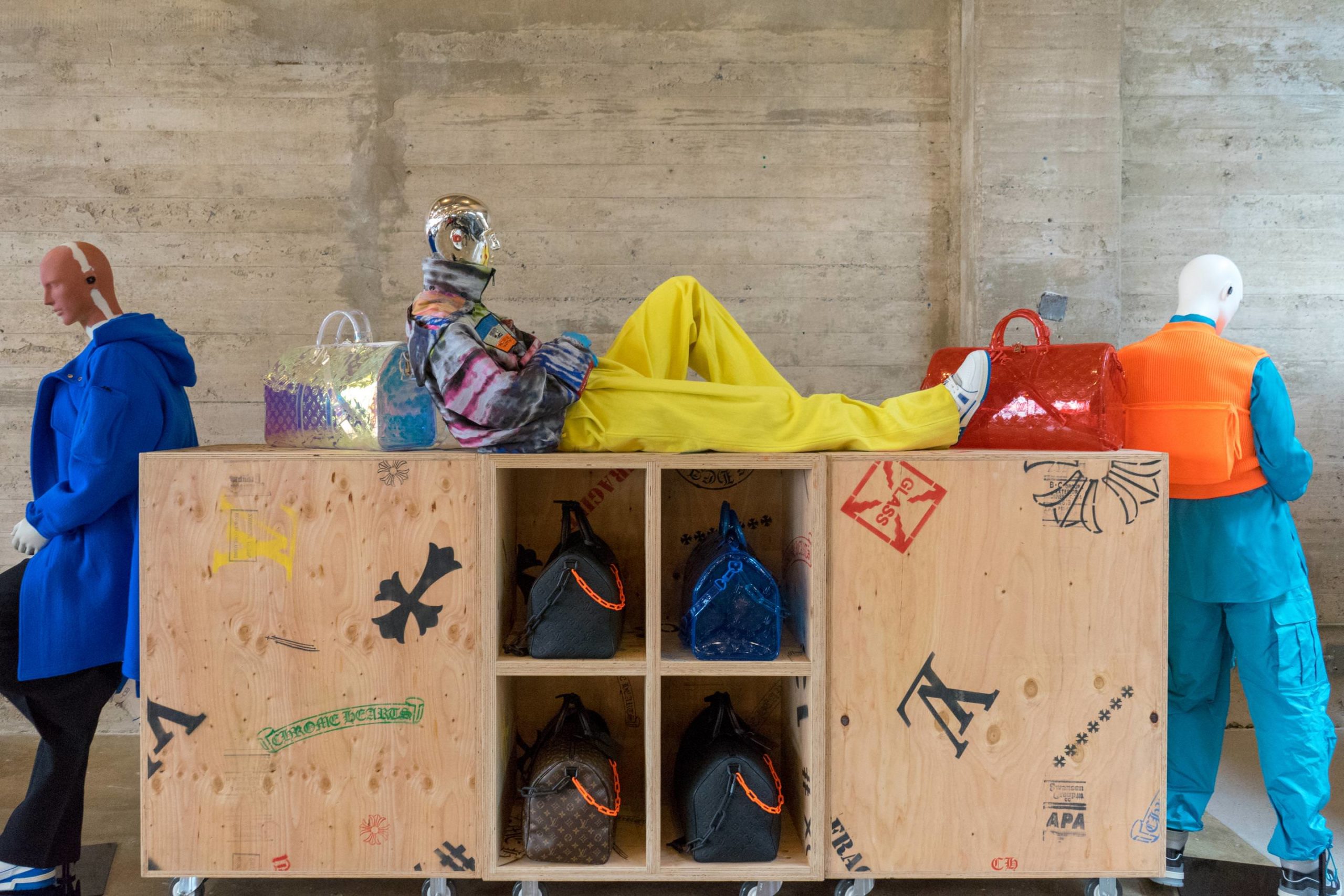One thing we look forward to every year during Art Basel in Miami Beach is the fair’s Public Sector. This time around, the installation on Collins Park is curated by Philipp Kaiser, and includes work by Frida Baranek, Frida Baranek, Noël Dolla, Cyprien Gaillard, Jim Shaw, Daniel Knorr, Abraham Cruzvillegas, and more.
Whitewall spoke with Kaiser about the exhibition, entitled “Territorial.”
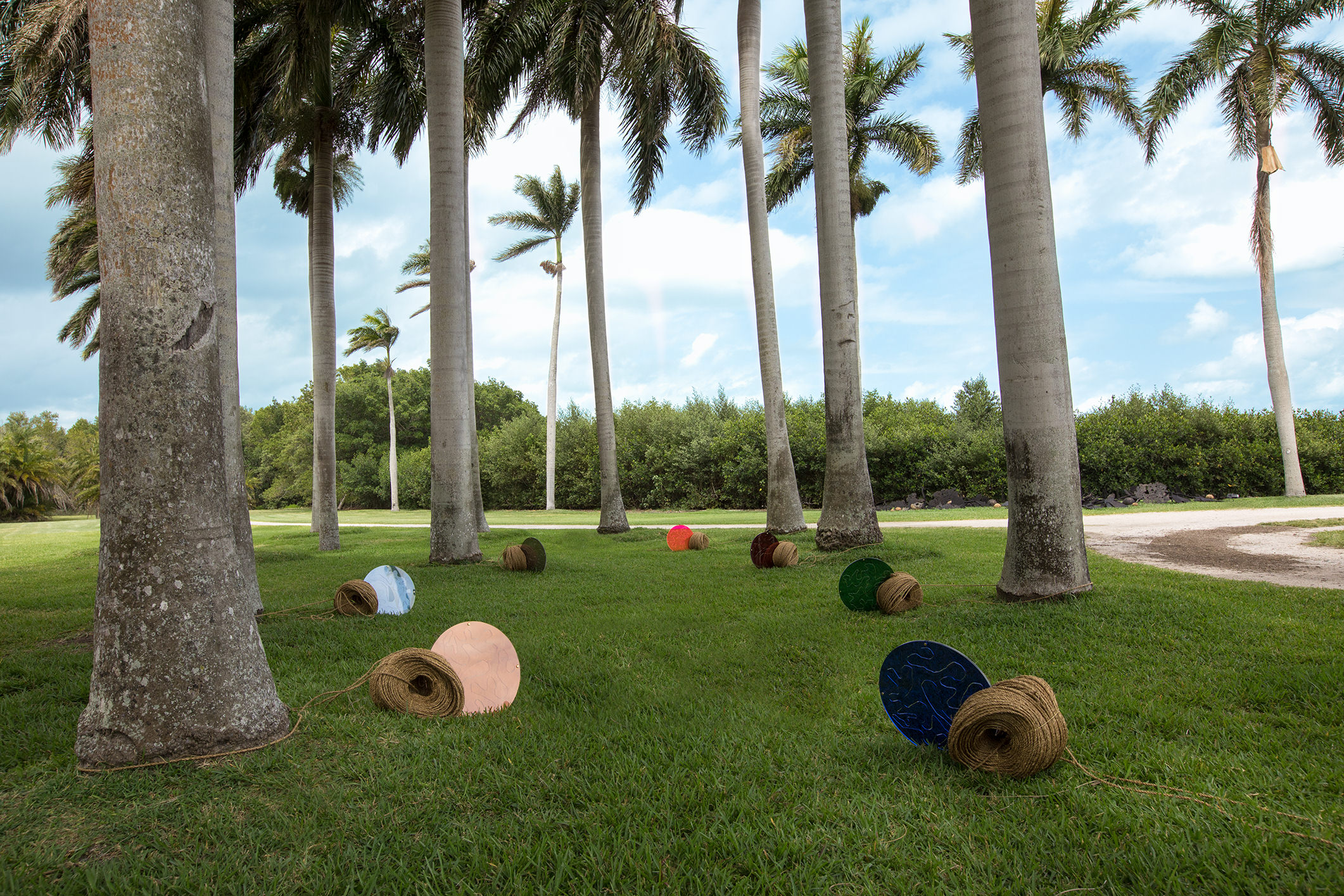 Frida Baranek
Frida BaranekReflections on the Horizon
2017
Manila Rope, acrylic disk
32 x 24 x 19 cm
Courtesy of the artist and Galeria Raquel Arnaud, São Paulo
WHITEWALL: You’ve curated projects all around the world. How did the city of Miami Beach influence the project for Public?
PHILIPP KAISER: I have always found Public to be a fascinating sector of the show in Miami Beach because of the opportunities it presents to artists and galleries to create large-scale site-specific, ambitious works that interact with the space of Collins Park and the broader Miami Beach community. The landscape of Collins Park certainly played a role in determining the projects for the sector, and also in how several of the artists themselves are approaching their works. One piece that particularly reflects this dialogue is Reflections on the Horizon by Brazilian artist Frida Baranek. The work builds upon the artist’s interest in the horizon line and is composed of several manila rope bundles that are each affixed to colored, transparent and engraved acrylic disks. Visitors are invited to pick up the disks and gaze through them, as each one generates a different perspective and sensation of Collins Park.
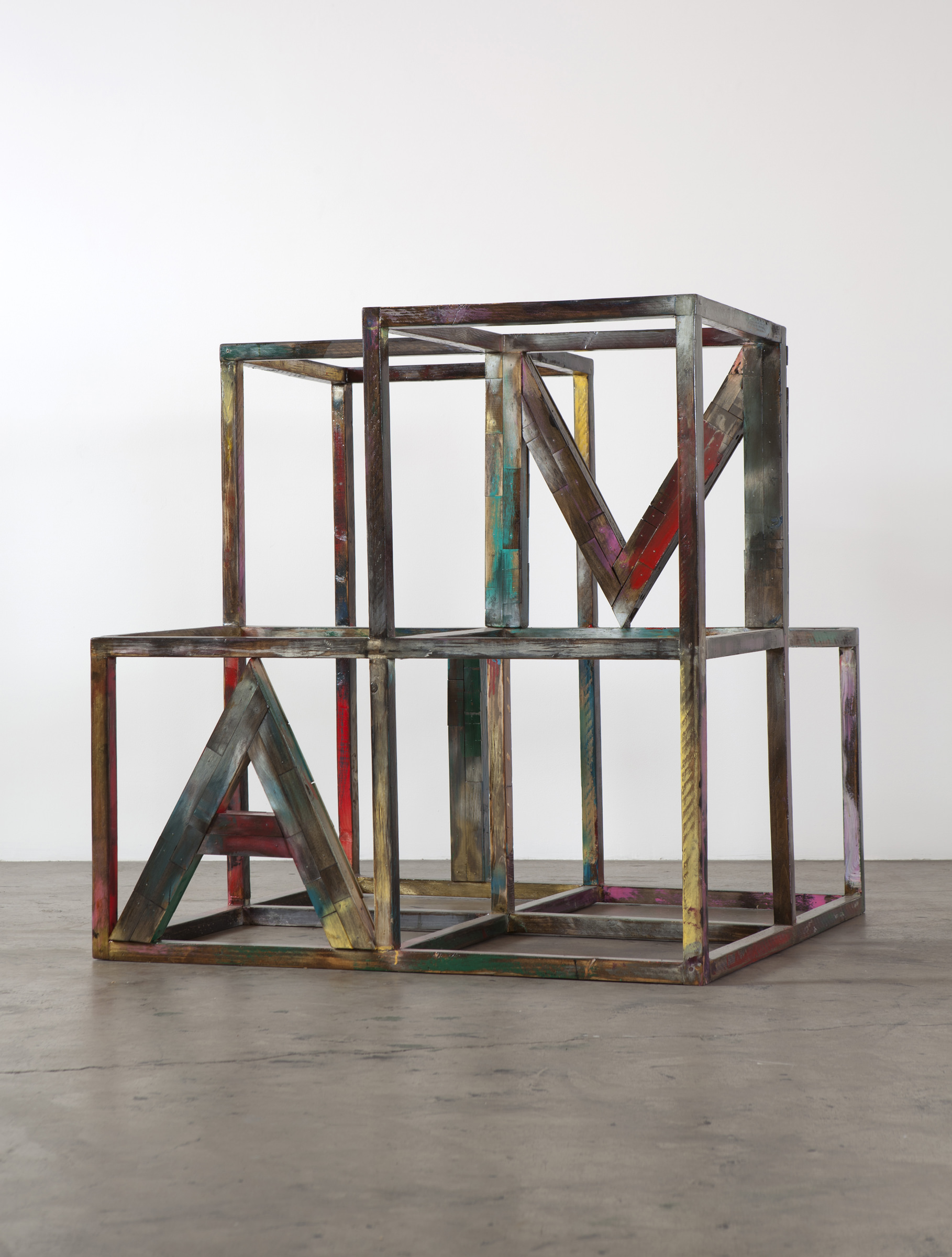 Brenna Youngblood
Brenna YoungbloodM.I.A.
2011
Wood, paint
122 x 122 x 122 cm
Courtesy of the artist and Honor Fraser, Los Angeles
WW: Can you tell us about the theme for the exhibition, “Territorial”? and how did you go about selecting artists for commissions?
PK: “Territorial” focuses on works that claim space or territory through size, scale, intensity or sound, among other artistic practices. Centering on this genuine and ontological quality of sculpture, I have chosen to present 11 works, which will be ambitious in scale and reflect the great opportunity that Public offers to feature works of art on an institutional level. A centerpiece of the sector will be Daniel Buren’s Les Guirlandes. Standing 36 feet in height, the work will occupy a substantial amount of Collins Park and aims to redefine the space using both sound and motion. Additional highlights include a new large-scale installation by French artist Noël Dolla—his first project to be presented in the US—and a multimedia video piece by Cyprien Gaillard. Visitors will also be treated to a special presentation with the premiere of artist Jim Shaw’s progressive rock opera The Rinse Cycle, performed with the band D’red D’warf on Wednesday, December 6.
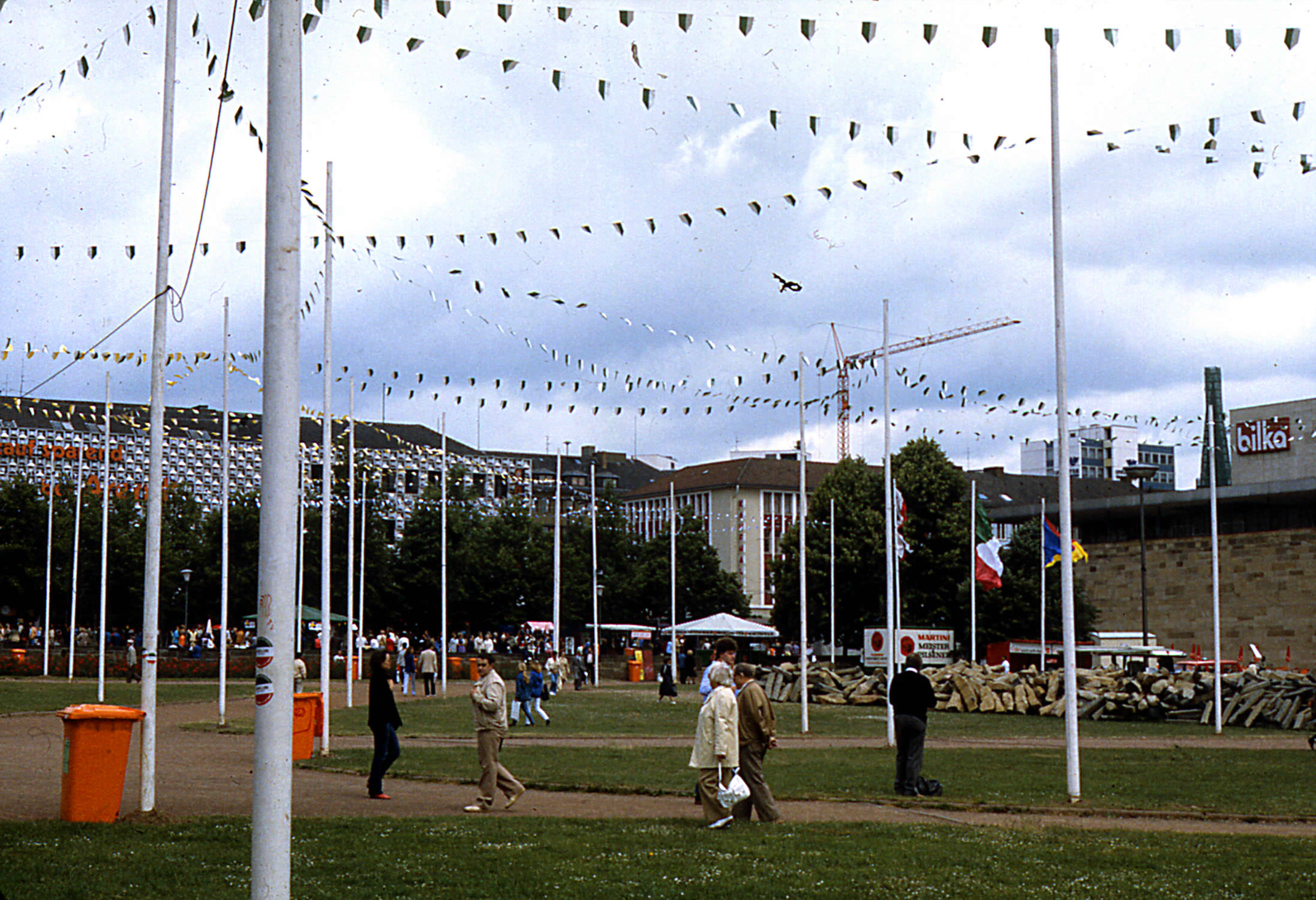 Daniel Buren
Daniel BurenLes Guirlandes
(Documenta 7, Kassel)
1982
Poles, pennants, loudspeakers
Courtesy of the artist and Bortolami, New York
WW: Are any of the artists involved creating a public work for the first time?
PK: Most of the works have never been shown before in the Unites States and had to be adapted to Collins Park. I am especially excited that both Daniel Knorr and Abraham Cruzvillegas conceived new works for Public. Knorr’s humongous piercing in the main axis of The Bass is a critical nod to Piero Manzoni’s Socle du monde, 1961, and talks about its site, the center and the periphery, while Cruzvillegas is composing a temporary shelter.
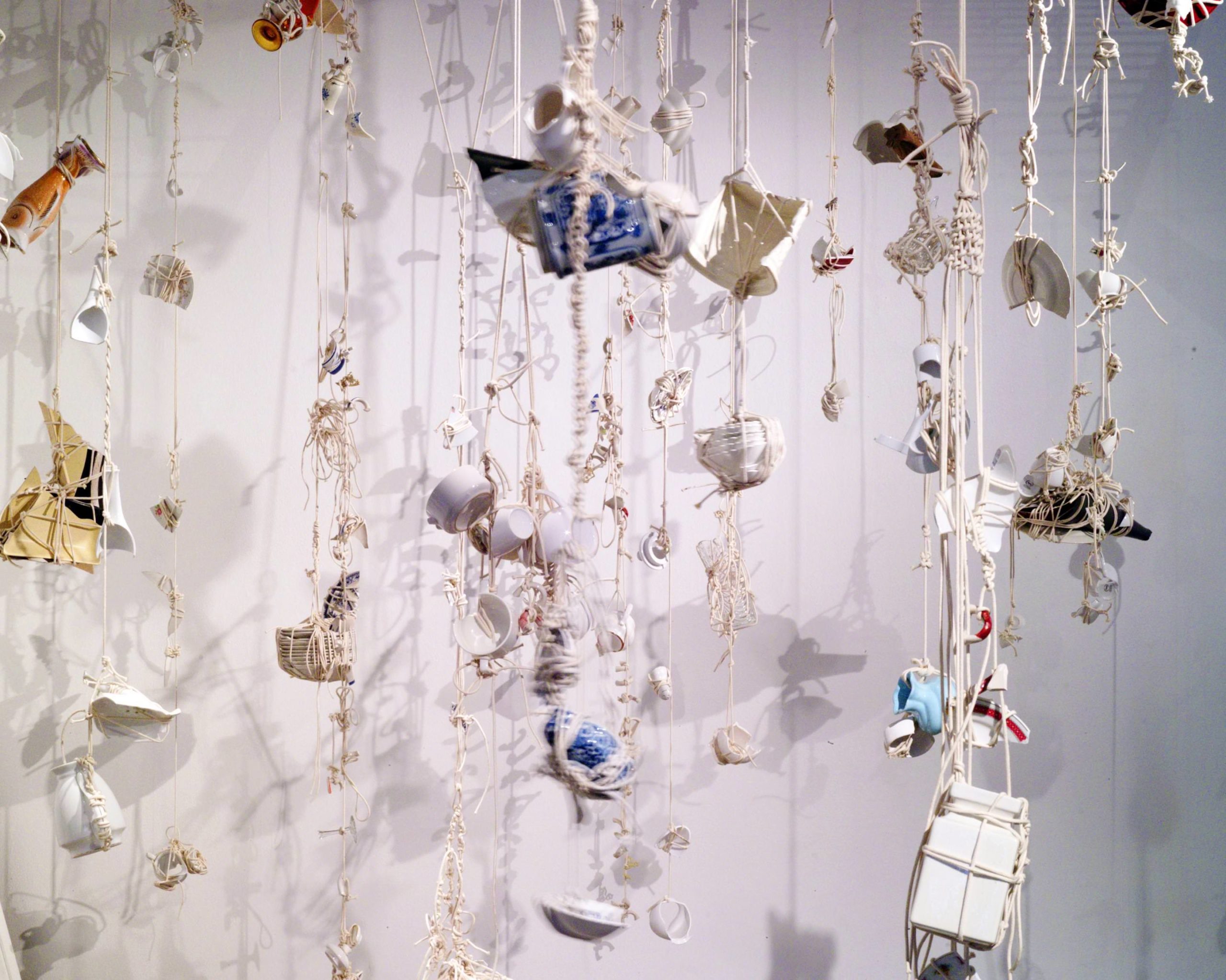 Manuela Viera Gallo
Manuela Viera GalloDomestic Violence: Morir Matando
2009
Mixed media
Dimensions variable
Courtesy of the artist and Instituto de vision, Bogota
WW: As a curator, how do you approach a public project versus a museum exhibition? What sort of audience considerations are key?
PK: The nature of the city and location of the work plays a very important role in both how an artist and a curator approach presenting a public work of art. A public installation is on view for everyone from every walk of life to see, and becomes part of the fabric of that community, so may reflect different techniques and themes than a work meant for a museum exhibition.
 Noël Dolla
Noël DollaRêve éveillé
2016
Mixed media
Courtesy of the artist and Ceysson & Bénétière, Paris, Saint- Etienne, Koerich, New York
WW: What are you looking forward to in Miami this year?
PK: In addition to unveiling Public, I am really looking forward to seeing the exceptional artworks that will be on view on the show floor in the Miami Beach Convention Center, as well as the exhibitions at Miami’s local institutions—particularly the shows at the newly-renovated Bass and at ICA Miami’s new home in the Design District.
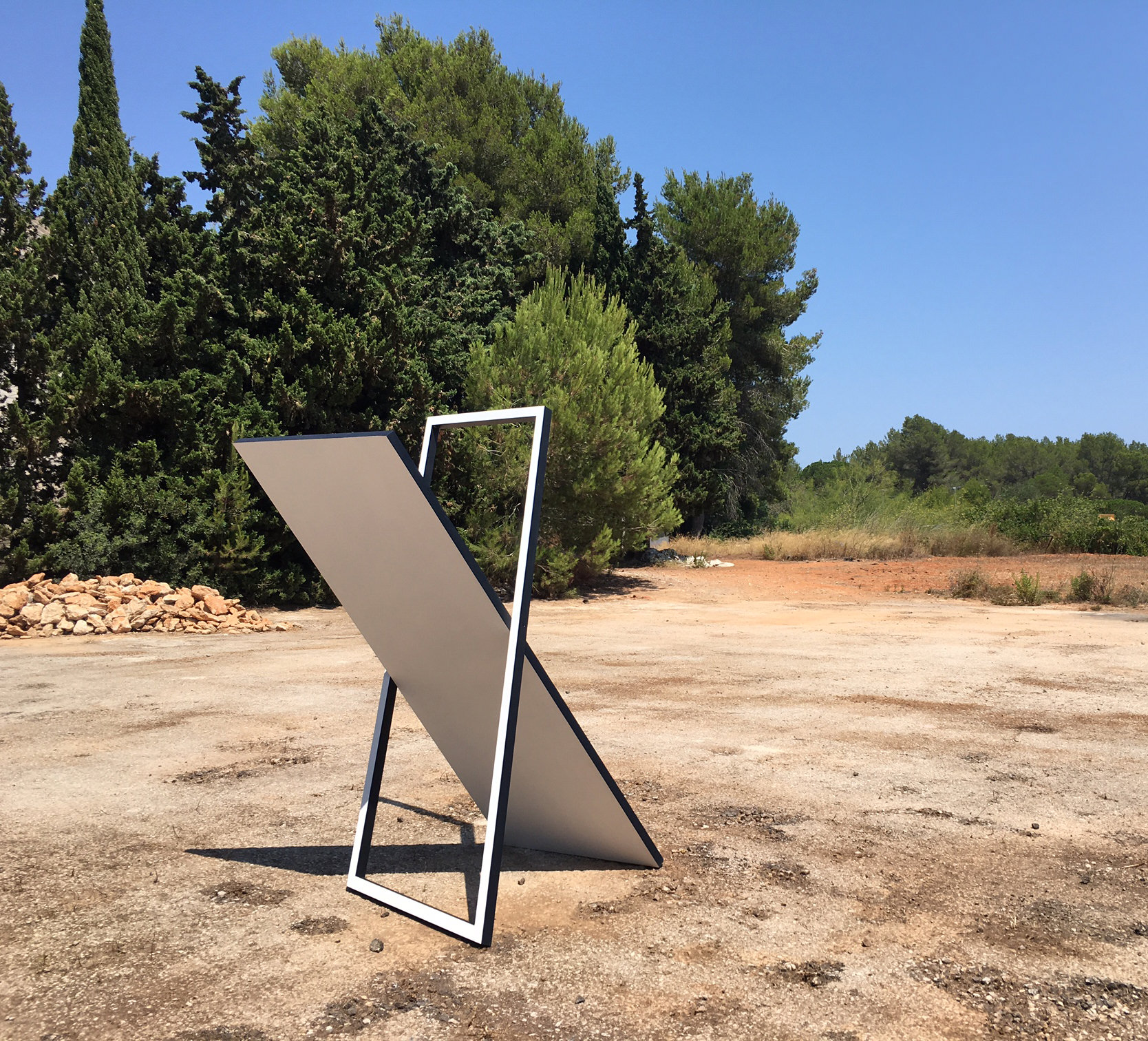 Philippe Decrauzat
Philippe DecrauzatShut and Open at the Same Time
2016
Black and white paint on aluminum
220 x 96 x 76 cm
Courtesy of the artist and Parra & Romero, Ibiza, Madrid






